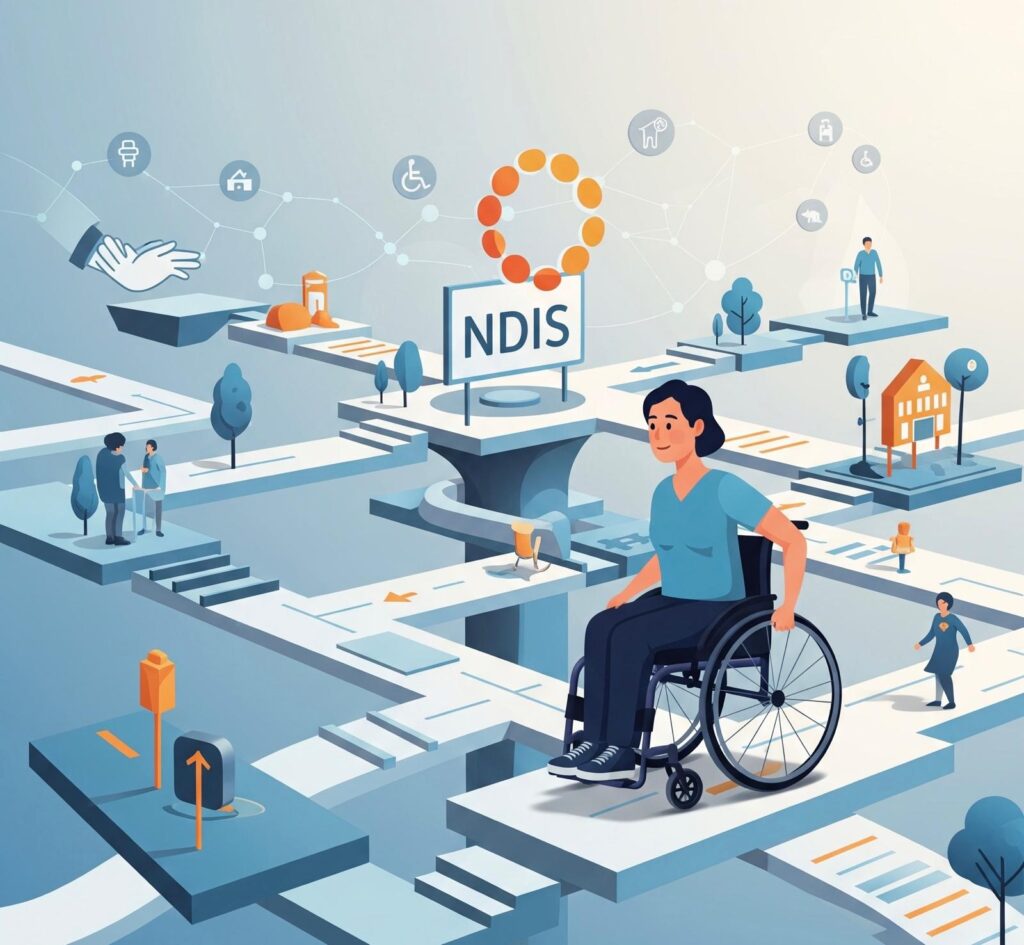A psychologist’s science-backed guide to building genuine likeability in 2025
Why likeability matters
Being “likeable” is more than being popular. Research shows that people who are perceived as warm and trustworthy often enjoy better professional success, stronger relationships, and even better health outcomes (Cuddy et al., 2011). Likeability is a blend of interpersonal warmth, empathy, communication skills, and prosocial behaviour. The good news: likeability can be learned and improved through intentional practice.
1) Show warmth and empathy first
Social psychology consistently finds that warmth and trustworthiness are judged before competence, and they are stronger predictors of initial impressions (Fiske et al., 2007).
Warmth is conveyed through smiling, open body language, and empathic responses. Eye contact and genuine smiles activate positive affect in others. Empathy—showing you understand someone’s feelings—builds rapport and trust.
Practical step: Begin conversations with a small warmth cue (smile, nod, “I’m glad we’re talking”), then listen before presenting information about yourself.
2) Practice active listening
People consistently rate good listeners as more likeable. A study by Itzchakov et al. (2017) found that active listening—giving attention, paraphrasing, withholding judgment—leads to greater relationship satisfaction and perceived empathy.
How to do it:
- Avoid interrupting
- Use minimal encouragers (“I see”, “Tell me more”)
- Reflect back feelings and key points
Why it works: Active listening signals respect and validation, key drivers of likeability.
3) Find common ground (but keep it authentic)
According to Byrne’s (1971) similarity–attraction hypothesis, we like people who are similar to us in attitudes, interests, or values. More recent studies confirm that perceived similarity increases trust and rapport (Montoya & Horton, 2013).
Practical step: Early in conversations, identify shared experiences or values (“I also enjoy hiking,” “I’ve read that book too”). But avoid false agreement, which can backfire if discovered.
4) Use mimicry and nonverbal synchrony (subtly)
Chartrand & Bargh (1999) coined the “chameleon effect”: people who subtly mimic others’ gestures, posture, or tone are rated as more likeable. Nonverbal synchrony increases rapport and perceived closeness (Stel & Vonk, 2010).
How to do it well:
- Mirror gestures or tone naturally, not mechanically
- Avoid overdoing it—obvious mimicry feels manipulative
5) Express gratitude and give compliments
A study by Algoe et al. (2008) showed that expressing gratitude strengthens social bonds and increases the expresser’s likeability. Compliments, when sincere, also raise perceptions of warmth and connection (Sezer et al., 2018).
Tips:
- Give specific compliments (“You explained that really clearly” vs “You’re smart”)
- Express gratitude publicly and privately
Why it works: Gratitude activates reciprocal prosocial behaviour, reinforcing mutual likeability.
6) Share (but don’t overshare) personal stories
Self-disclosure increases likeability when it is moderate, appropriate, and reciprocal. Collins & Miller (1994) found that people who disclose at a moderate level are liked more, and disclosure encourages others to share too.
Balance is key:
- Early stages: light, positive disclosures
- Later: gradually share more meaningful experiences
- Avoid dumping negative personal details too quickly
7) Display prosocial behaviour
Helping behaviours—even small ones—boost likeability. Prosocial acts (holding a door, offering help, volunteering) increase perceptions of warmth and trustworthiness (Layous et al., 2012).
Hack for everyday life: Try the “three kindness rule”: aim for three small, intentional prosocial actions daily (compliment, assistance, encouragement).
8) Manage likeability across digital spaces
In 2025, much social interaction is online. Likeability in digital contexts follows similar rules: warmth, responsiveness, and authenticity. Studies of computer-mediated communication show that timely responses, warmth markers, and self-disclosure enhance online rapport (Walther, 2011).
Tips for online likeability:
- Reply promptly but not excessively
- Use warmth markers (exclamation marks, occasional emojis) in moderation
- Share helpful or uplifting content regularly
9) Be consistent and authentic
Authenticity is a core driver of sustained likeability. Research suggests that people can detect insincerity and that perceived authenticity builds trust and long-term bonds (Kernis & Goldman, 2006).
Bottom line: Temporary tactics may win impressions, but long-term likeability requires congruence between words, behaviour, and values.
Summary checklist
Top ways to become more likeable (psychology-based):
- Show warmth & empathy
- Practice active listening
- Find and highlight common ground
- Use subtle mimicry
- Express gratitude & compliments
- Disclose appropriately
- Engage in prosocial behaviour
- Adapt strategies for digital interactions
- Stay authentic
References
Algoe, S.B., Haidt, J. & Gable, S.L. (2008) ‘Beyond reciprocity: Gratitude and relationships in everyday life’, Emotion, 8(3), pp.425–429.
Byrne, D. (1971) The Attraction Paradigm. Academic Press.
Callahan, J.L., et al. (2018) ‘Active listening and perceived empathy in therapy’, Journal of Clinical Psychology, 74(11), pp.1924–1937.
Chartrand, T.L. & Bargh, J.A. (1999) ‘The chameleon effect: The perception–behavior link and social interaction’, Journal of Personality and Social Psychology, 76(6), pp.893–910.
Collins, N.L. & Miller, L.C. (1994) ‘Self-disclosure and liking: a meta-analytic review’, Psychological Bulletin, 116(3), pp.457–475.
Cuddy, A.J.C., Fiske, S.T. & Glick, P. (2011) ‘The dynamics of warmth and competence’, Trends in Cognitive Sciences, 15(2), pp.63–71.
Fiske, S.T., Cuddy, A.J.C. & Glick, P. (2007) ‘Universal dimensions of social cognition: Warmth and competence’, Trends in Cognitive Sciences, 11(2), pp.77–83.
Itzchakov, G., et al. (2017) ‘Active listening increases attitude clarity and likeability’, Personality and Social Psychology Bulletin, 43(6), pp.762–779.
Kernis, M.H. & Goldman, B.M. (2006) ‘A multicomponent conceptualization of authenticity: Theory and research’, Advances in Experimental Social Psychology, 38, pp.283–357.
Layous, K., et al. (2012) ‘Kindness counts: Prompting prosocial behavior in preadolescents boosts well-being and popularity’, PLoS ONE, 7(12), e51380.
Montoya, R.M. & Horton, R.S. (2013) ‘A meta-analytic investigation of the processes underlying the similarity–attraction effect’, Journal of Social and Personal Relationships, 30(1), pp.64–94.
Sezer, O., Gino, F. & Norton, M.I. (2018) ‘Humblebragging: A distinct and ineffective self-presentation strategy’, Journal of Personality and Social Psychology, 114(1), pp.52–74.
Stel, M. & Vonk, R. (2010) ‘Mimicry in social interaction: Benefits for mimickers, mimickees, and their interaction’, British Journal of Psychology, 101(2), pp.311–323.
Walther, J.B. (2011) ‘Theories of computer-mediated communication and interpersonal relations’, The Handbook of Interpersonal Communication, pp.443–479.







